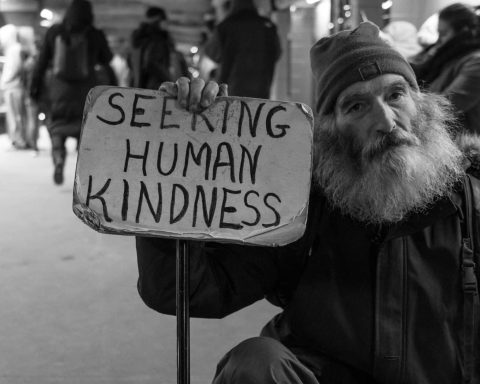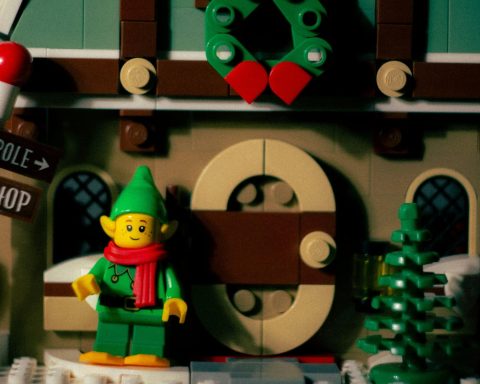 Junichiro Miyachi is a lecturer at Center for Medical Education, Nagoya University, Aichi, Japan, and a clinician educator at the Hokkaido Centre for Family Medicine, Hokkaido, Japan.
Junichiro Miyachi is a lecturer at Center for Medical Education, Nagoya University, Aichi, Japan, and a clinician educator at the Hokkaido Centre for Family Medicine, Hokkaido, Japan.
In daily practice, general practitioners often consider whether our primary aim is biomedical diagnosis and treatment or a more holistic, patient-centred approach that includes social context and illness experiences. Clinical models in general practice and family medicine, such as the Patient-Centred Clinical Method (PCCM),1 frequently emphasise the importance of balancing these two perspectives. This often leads to an approach where GPs choose their clinical interactions depending on their intention—clinicians focus on the biomedical aspects and prioritise questions to clarify symptoms if diagnosis is the primary purpose and they switch their mode and concentrate on narrative exploration when holistic understanding seems key.
This ‘purpose-based’ approach assumes that our intention and the course of clinician-patient interactions should and can align. This framing can also reinforce a perceived dichotomy between “biomedical” and “person centred” approaches, suggesting that clinicians must choose distinct modes of engagement depending on the type of care they provide.
While this assumption may seem logical, such a division oversimplifies the complexity of clinical encounters.
While this assumption may seem logical, such a division oversimplifies the complexity of clinical encounters. The reality of clinical encounters is far more nuanced. Patient-doctor interactions do not always unfold as planned—diagnostic questions based on a hypothetical deductive reasoning model can sometimes initiate patients’ talk of illness experiences, while inquiries into illness experiences may reveal critical diagnostic cues. To illustrate this, I will share a clinical encounter* in which I applied the principles of Conversations Inviting Change (CIC)2. CIC is a narrative-based approach often assumed to be primarily a tool for exploring patients’ perspectives, meanings, and experiences, and generally seen as unrelated to making biomedical diagnosis. Yet, in practice, this distinction does not always hold. CIC can facilitate interactions that reveal both untold personal stories and diagnostic clues that might otherwise be overlooked.
I saw Daisuke,* a man in his mid-seventies, who presented with intermittent claudication. His medical records showed that my colleagues had suggested investigations for spinal stenosis and peripheral arterial disease during previous visits, but he had repeatedly declined, attributing his symptoms to a recent COVID-19 vaccine.
I could have asked a direct why question to encourage him to explain his thought. But using CIC, I focused instead on creating space for his story. I began with a circular question: “What have you understood from your recent visits with other doctors?” He reiterated his vaccine-related explanation but also acknowledged that my colleagues had listened carefully and that their suggestions seemed reasonable. Still, he stated he was being fixated on the idea of a vaccine-related cause.
I followed up: “What do you think you would do if it were proven that your symptoms were caused by the vaccine?” He paused for a moment, deep in thought, before responding: “I know it’s hard to prove, and even if it were, there’s nothing that can relieve my symptoms. My request doesn’t seem practical or helpful.” Then, after a brief silence, he added, “Can I ask you about another concern, now that I feel you’re really listening? For the past three months, I’ve also been feeling chest tightness when I walk.”
I asked, “What do you think about that?” He mentioned that a friend with similar symptoms had undergone a cardiac catheter procedure and wondered if the same might apply to him. We agreed on a referral to a cardiologist.
Reflections on the Dichotomy
…CIC principles—creating space for untold stories can bring new dimensions to light, including diagnostic cues that might otherwise remain unspoken.
This encounter highlights how the CIC principles—creating space for untold stories can bring new dimensions to light, including diagnostic cues that might otherwise remain unspoken.2 This challenges the notion that clinical interactions should be structured according to a strict division between diagnosing disease and understanding the patient’s broader illness experience. In fact, a recent framework of clinical reasoning3 and an expert perspective4 suggest ways in which GPs can move beyond this rigid separation.
In a similar vein, many experienced GPs will likely recognise similar situations that challenges this strict division—where a diagnostic question unexpectedly uncovers a patient’s deeper struggles, or an inquiry meant to explore the illness experience reveals crucial diagnostic clues. Yet, such moments would be often seen as exceptions or remain part of an unspoken, personal repertoire. If these experiences go unrecognised or remain implicit, we risk reinforcing the divide between “biomedical diagnosis” and “holistic understanding,” missing opportunities to explore their intricate interplay in a more creativeand flexible way.
Instead, I encourage GPs to share and reflect on these moments, and for scholars in the field to examine the subtle dynamics of conversations that simultaneously serve both diagnostic and narrative purposes. Such efforts can help us move beyond a rigid dichotomy, towards a more integrated, nuanced understanding of how general practitioners engage with patients’ stories in all their complexity.
*Author’s note: The case is a fictional patient based on my clinical experience and not a specific individual, living or deceased.
References
- Stewart, Moira, et al. Patient-centered medicine: transforming the clinical method. CRC press, 2024.
- Launer, John. Narrative-based practice in health and social care: conversations inviting change. Routledge, 2018.
- Donner-Banzhoff, Norbert. “Solving the diagnostic challenge: a patient-centered approach.” The Annals of Family Medicine16.4 (2018): 353-358.
- Launer, John. “Narrative diagnosis.” Postgraduate medical journal 88.1036 (2012): 115-116.
Featured Photo by Vardan Papikyan on Unsplash







[…] GPs and other doctors are often taught how to decide whether to go down the path of medical diagnosis or to seek a more psychosocial understanding of a patient’s problem. In this outstanding new article in BJGP Life, Japanese clinician educator and CIC practitioner Junichiro Miyachi explains how Conversations Inviting Change integrates both perspectives into a unified form of inquiry. To read the article, click here. […]